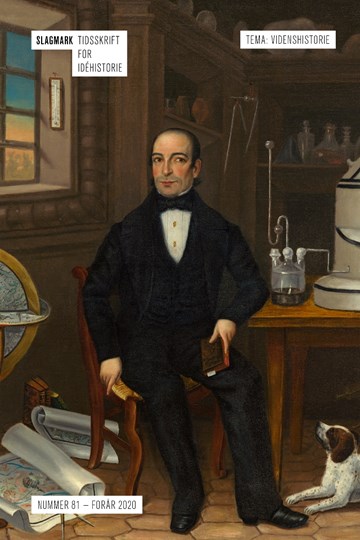En skipbruddberetnings sirkulasjon gjennom tre tidligmoderne kunnskapsprosjekter
DOI:
https://doi.org/10.7146/slagmark.vi81.136338Keywords:
Ramusio, Purchas, Schøning, travel literature, QueriniAbstract
The Circulation of a shipwreck tale in three Early Modern knowledge projects
This article investigates three different national contexts of knowledge production that use the shipwreck story of Piero Querini of 1431. The first is Venetian: Giovanni Battista Ramusio’s Navigationi et viaggi (1559) stands at the cross roads between old and new knowledge, and the skipwreck story is emblematic of Venetian travellers being the first to explore various parts of the globe, as well as being an Odyssean example of heroic courage. The second is English: Samuel Purchas’ theological geography and apocalyptic mercantilism in Hakluyt Postumous, or Purchas his Pilgrime (1625) seeks to present the reader with moral building blocks for Bacons new knowledge project, in which the shipwreck underlines God’s mercy and providence in a work otherwise filled with relations of English efforts to find a passage to the East by way of the North. The last context is Norwegian: In Gerhard Schøning’s exemplary historiography the shipwreck has become a relation of remnants of the heroic Northerners he sought to present in his other works.





